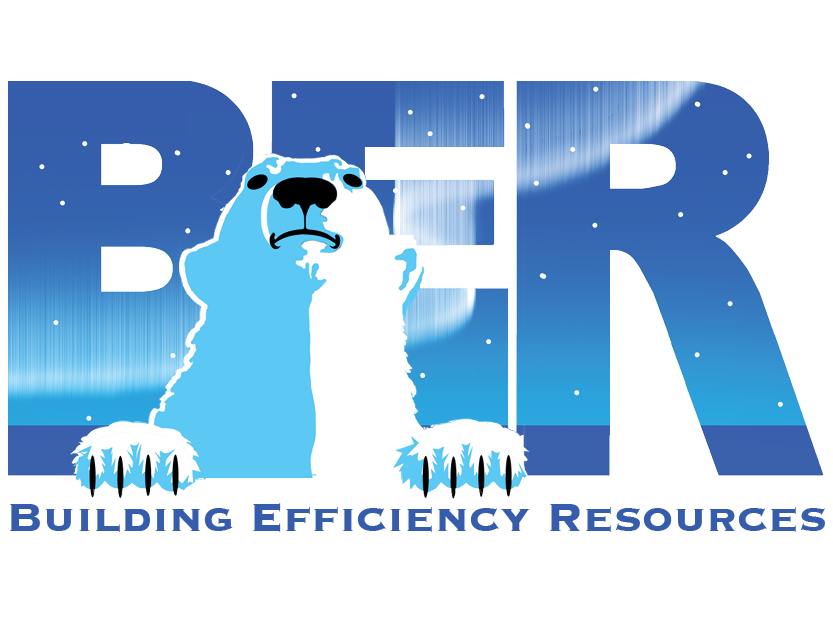Modeling Air Source Heat Pumps
BER realizes that there has been some confusion around modeling air source heat pumps (ASHP). In a recent webinar, MassSave made clarifications as to the correct method of modeling this equipment. In this article, we recap those clarifications.
Why isn’t COP a Supported Method?
A common mistake made when modeling ASHP is converting heating seasonal performance factor (HSPF) to coefficient of performance (COP) by dividing by 3.413. This presents several problems and is not a supported method of modeling ASHP.
When COP is entered into a modeling program, the software assumes that the COP entered is valid for the heat pump’s performance during every hour of the season. Unfortunately, that is not how an ASHP works. Entering the COP manually overrides the heat pump performance model and is inaccurate to the system’s actual performance. HSPF should be used in all but advanced modeling situations, when a seasonal COP can be accurately estimated, and the performance model needs to be overridden.
Accounting for Climate Adjustments is Critical
When modeling heat pumps, it is critical to account for climate adjustments. Modeling software determines the rated COP at 47 degrees Fahrenheit based on the HSPF, then adjusts according to the following:
- Indoor and outdoor temperatures
- Humidity
- Performance and capacity degradation curve from NREL research
These considerations determine an adjusted COP for each hour of the year throughout the simulation.
Additional items that are factored into the model include:
- Defrost cycle
- Backup heat
- Crankcase heat
- Etc.
For these reasons, HSPF is currently the most accurate way to represent ASHP performance.
The Current State of Modeling
Heat pump technology has improved greatly over the past 20 years and is still evolving; so too are RESNET modeling software that are currently limited in using HSPF as the only performance data point. As a result, advanced inverter-driven, or variable compressor speed, cold-climate heat pumps do not get the credit they deserve during modeling.
What’s Coming Next?
The RESNET Software Committee is aware of these shortcomings and is working on advanced models for this type of equipment. The tentative plan is to accept NEEP 5dF, 17dF, and 45dF data. From this data, custom performance curves will be derived for the model in real-time. Consideration will be given to short-term gap solutions, as well. This method is not yet approved but may prove to be a good option in the future.
Bottom Line: Modeling a heat pump using COP = HSPF / 3.413 is NOT accurate or allowable.
